Hello, everyone, and thank you for tuning into this episode of The Evermore Podcast: An Exploration of Baltimore’s Art, History, and Forgotten Lore.
I’m your host, Serena Brontide, a relatively new resident of Maryland and the Baltimore area who is taking the opportunity to get out and experience everything that Baltimore has to offer. And, of course, I’m taking all of you out there with me!
So before we get started, I wanted to thank everyone for being really patient with me while getting this podcast off of the ground! Unlike the first month of the show’s existence, I am now ¾ of the way finished with my Spring semester, and so I’ve spent the last couple of weeks listening to feedback, making some adjustments, and planning for the future of this show. I’ve got lots of things planned, so if you’d like to hear more about what I’ve been working on and what you can expect in the future, make sure to hang in there with me through the end of this episode, and I will tell you all about it!
Now, today’s episode is going to operate just a bit differently from previous episodes. Instead of just looking at one specific location in Baltimore, we’re going to be getting a run-down of the three largest art museums in the city.
As the summer season begins kicking off, there is nowhere better to hang out on those sweltering days than in a museum! This is a cost-effective activity that is educational, interesting, and oh-so leisurely!
The reason I wanted to put these three art museums in the same episode, at least for now, is so that I could really stress the differences between them. So if, for instance, you happened to hit one of these museums and it wasn’t quite your speed, you have a better idea of where to look next. Or, perhaps more importantly, I’d love to stress the value that each of the different museums brings to the art and culture of Baltimore.
So buckle up, friends. We’re heading The Walters Art Museum, The Baltimore Museum of Art, and The American Visionary Arts Museum.
The Walters Art Museum
Admittedly, the first museum that I think about when I mention art museums in Baltimore is typically The Walter’s Art Museum, popularly referred to as simply “The Walters” if you’re a local.
Possibly this is due to this being the first major museum I went to in Baltimore (aside from the Aquarium and the Science Center), but also, I think, because no matter which entrance you come in from at The Walter’s, you know that you’re getting into some very high-brow historical artifacts.
It’s big; it’s beautiful, it’s classy… I’m terrified to take my kids there because we would most assuredly be kicked out.
So- here’s what you need to know about The Walters. First- it’s FREE to visit! Go on down there for any hours that it’s open!
Second, it’s located in the Mount Vernon-Belvedere area of the city at 600 N. Charles St. There’s street parking that you can pay with a meter, several parking garages around, and the museum does have its own parking lot, which allows you to reserve a space online, which is super convenient, but also a bit pricey.
Now for the fun stuff!
History of The Walters Art Museum
The Walter’s Museum began as the personal collection of a man by the name of William Thomas Walters. Hence, the name!
He was a man who was successful in business and celebrated by traveling and collecting fine art. At first, Walters was most interested in contemporary American and European Artwork, but as he continued to travel, he also leaned into collecting Asian art and ceramics. Soon, his private collection became one of the largest and most valuable in the United States.
Beginning in 1874, William began opening his art-adorned home in Mount Vernon Place to the public for a fifty-cent entrance fee, which would be equal to about $13 today. Each Spring, this event would net roughly $30,000, and all of the proceeds were donated to a charity to aid the homeless population in Baltimore.
Upon William’s death, his estate fell to his children. His son, Henry, in particular, had also taken a keen interest in collecting art, and he expanded upon the collection until his death in 1931. Fortunately, he also inherited his father’s interest in philanthropy and bequeathed their collection to Baltimore City for the benefit of the public. That generosity would become the staple of what would become The Walter’s Art Museum.
Currently, the collections at The Walters stretch across three buildings: The “Old Main Building” on Charles Street, the Centre Street Annex Building, and the Hackerman House.
The Old Main Building
The Old Main Building got its name for being Henry Walter’s original gallery. It was designed by architect William Adams Delano and erected between 1904 and 1909. The exterior of the building is clearly inspired by Renaissance-revival-style architecture, while the interior of the building is said to be modeled after the 17th-century “Collegio dei Gesuiti” in Italy.
In this building, you’ll find French decorative arts of the 18th and 19th centuries, rare books and manuscripts, and collections of artwork from the Renaissance and Baroque periods.
The Center Street Annex
The Center Street Annex building is currently home to the museum’s collection of Ancient Byzantine, Medieval, Ethiopian, and 19th-Century European collections. The building itself has large display walls, irregular corridors and galleries, and a breathtaking four-story atrium. This building is also home to one of the oldest art conservation laboratories in the United States.
the museum’s famed art conservation laboratory, which is one of the oldest in the country.
In particular, if you’re a fan of Medieval art, you absolutely MUST go see the collection of artifacts at The Walters. William’s son, Henry, appeared to have a particular affinity for art produced during the Middle Ages, and his collection has since been expanded upon, featuring artistic work in all of the major artistic media of the time period. This collection is considered to be one of the best collections of medieval art in the country and includes examples of metalwork, sculpture, stained glass, textiles, icons, and other paintings. The collection is especially renowned for its ivories, enamels, reliquaries, early Byzantine silver, post-Byzantine art, illuminated manuscripts, and the largest and finest collection of Ethiopian Orthodox Church art outside Ethiopia.
The Hackerman House
The Hackerman House is… absolutely going to have an episode of its own one day, so I won’t delve TOO deeply into it. But for the purposes of this episode, here is what you need to know:
This building is one of the most elaborate mansion/townhouses in the city of Baltimore. It was designed by our famed local architect John Rudolph Niernsee with a Greek Revival style and erected between 1848 and 1850 for Dr. John Hanson Thomas. Basically, this home was considered to be the height of elegance in the 19th century. It’s absolutely gorgeous.
What’s crazy to think about, however, was that the home was nearly razed by the city in the 1950s until local preservation activists got involved, and the home was re-sold with a promise to restore the property.
Today, The Hackerman House is forging a new and progressive path for this high-brow art museum. While this building was undergoing another major refurbishment in 2018, the museum began to reflect on how the home would be newly introduced to the public. This is where they made the decision to celebrate this beautiful mansion based on the history of a slave who once worked there.
Here’s what The Walter’s says about the installation on their website:
“The current installation takes as its starting point a letter written during the Civil War by Sybby Grant, an enslaved woman who was a cook for the Thomas family and lived in the house between 1850 and 1888. Contemporary artists Roberto Lugo and Herb Massie worked with members of the Baltimore community to create artworks that respond to Sybby Grant’s story, the history of race in the United States, and works in the Walters collection.”
My First Visit to the Walters
The first time I visited the Walter’s was actually with a group of classmates from The University of Baltimore. I had the best intentions of beta testing a very fun escape room project created by a professor who is also working on gamifying class room learning and field trips.
Unfortunately, I was waaaaay too excited, having never been there before, and I could NOT stop wandering off and getting happily lost. I owe many apologies to my group, and especially a fine gentleman by the name of Aaron, who literally spent the majority of the visit just trying to figure out where the eff I wandered off to.
But guys, this is a place to wander! There are rooms upon rooms upon rooms, and the buildings are just as much a part of the art as anything else. I’ve since been there several times, and I can’t even claim to know a third about what’s in there. It’s incredible.
You’ll find so much art from around the world. Gold artifacts from the Chiriqui region of Western Panama and other artifacts from Mexico, Central America, and South America. We’re talking about pieces from the Mesoamerican Olmecs, Aztec, and Mayan cultures, in addition to the Moche and Inca peoples of South America. Given how many of the artifacts from these regions were destroyed during colonization, this collection is EXCITING. At least to me… hopefully to you too!
Other examples of ancient artwork include examples from Egypt, which is such a cool collection, as well as Nubia, Greece, Rome, and the ancient country, Etruria, now considered to be central Italy.
You’ll also find a very, very cool Asian art collection that was originally collected by William and Henry Walters and includes Japanese arms and armor as well as other porcelains, lacquers, and metalwork from Asian countries.
So what’s not to love? Enjoy some beautiful architecture, an internationally recognized art collection, and dive into some seriously cool history for the low, low price of zero dollars this summer at The Walters!
The Baltimore Museum of Art
Next, we will take a look at the aptly named Baltimore Museum of Art, which, naturally, cannot be left off of this list!
This was the second of these museums on this list that I visited, and interestingly enough, it very much serves as the middle ground between the high-brow collections of fanciful and historical art while merging more modern and contemporary styles.
This museum, like The Walters, is Free fo’ free to visit anytime; however, some special exhibits may require purchasing a ticket. If you’re listening to this episode on or around its release date, there is currently a special exhibit titled: “The Culture: Hip Hop and Contemporary Art in the 21st Century,” which features more than 90 works of art and iconic fashion items tell the story of hip hop’s extraordinary influence on contemporary culture.
I have not visited that exhibit yet, but I am planning to! Tickets are between $5-$15, and I’ll be sure to drop a link to that in the show notes and in the corresponding blog for this post for easy access if you’re interested. This installation is only going to be around until July 16, 2023!
BMA Exhibit info and tickets: The Culture: Hip Hop and Contemporary Art in the 21st Century
The BMA is located in the heart of Charles Village, on Art Museum Drive at North Charles and 31st Streets, and is only roughly three miles north of the inner harbor.
The museum does have several small lots for affordable parking, and street parking with meters is also an option. The museum and the general area of town are popping, however, so it may be a bit tricky to find a spot. Public transportation is also a great option for visiting this location if you’d rather take a pass on all of the parking hubbub.
The BMA also has two entrances. The first is the Historic Entrance, which is the one that I opted for during my first visit. It’s also the most obvious “intended” entrance based on the original architecture of the building. You will see it marked by rows of stairs leading up to six tall columns, behind which are the doors to enter the second-floor lobby, with exhibits of American art and textiles branching out from there.
If you happen to require an entry point that is more accessible for differently-abled individuals, or perhaps, you’ve made quite a journey, and you’d like to use the restroom or get a meal before exploring the museum, I’d recommend entering from the East entrance, which positions you on the first level of the museum itself and offers amenities such as the restrooms, a gift shop, and a full restaurant. No stairs required!
The History of The Baltimore Museum of Art
The Baltimore Museum of Art was a project born out of the ashes of The Great Baltimore Fire, which raged through the city from Sunday, February 7, to Monday, February 8, 1904. The fire destroyed more than 1,500 buildings, leaving them completely leveled, and more than 1,000 more were severely damaged- can you even imagine?!
So, with much of the central part of the city’s downtown business district’s slate wiped clean, it gave the city some options for how they would re-create the space going forward. Here’s what happened…
The municipal government decides to turn these lemons into lemonade by establishing a city-wide congress to develop a master plan for the city’s recovery and future growth and development. Those who were appointed tossed around ideas on how to move forward and ultimately decided that a major deficiency of the city was the lack of an art museum. It appeared that the city felt as though the industrialization of the city had taken too much of a presence in the past and that the future should include a greater regard for “matters of aesthetic interest.”
It would take ten years before the museum was incorporated on November 16, 1914 and it would spend the next 15 years growing larger and moving from place to place around the city until the final location and construction was agreed upon and completed in 1929.
The architect tasked with bringing the building to life was a man named John Russell Pope. He had spent years overseas, studying his craft in Europe, and when he returned to the United States, he was soon considered to be the most prominent exemplar of the classical revival style of architecture that became wildly popular among traditional American architects.
The museum’s building is recognizable by its large presence and an exacting neo-classical (or Classical Revival) building design.
The interior of the building consists of three floors and includes several rooms that were reconstructed and/or replicated from six local Maryland historic houses before their loss or razing (not unlike the near fate of the Hackerman House)- which, honestly, is a pretty cool way to honor the loss of those structures. So two big thumbs up for that idea!
The First Floor
On the first floor of the BMA, you’ll find the museum’s collections of Asian and African art, as well as ample space for special exhibitions. One of the more unique attractions, which you can absolutely look forward to in a future episode, is that of the John Waters Restrooms!
John Waters is, of course, a very famous artist, author, actor, and filmmaker from Baltimore whose devotion to the city has remained ardent. It was his own wish to have restrooms in the museum named after himself at the museum. After the agreement was made, Waters was quoted, “Maybe people will come from all over the world to eliminate there. That will be something that the Maryland Tourist Bureau can push.”
There is no wondering why this man is a national treasure, let me tell you.
I am sad to report that the John Waters Exhibit at the BMA closed last month, but it was incredible, and I will make sure you post a bunch of pictures I took in the corresponding blog post for this episode.
Photos from the John Waters Exhibit:
In addition to the newly renovated bathrooms, the BMA has also established the Ruth R. Marder Center for Matisse Studies on the first floor of the museum, which was made available to the public on December 12, 2021. This space serves the artistic community by giving artists, scholars, and the public access to learning more about the French artist Henri Matisse, which is apt, because The Baltimore Museum of Art’s modern art collection encompasses over 1,200 works by Henri Matisse- far more than any other public institution in the world.
Finally, this level is also the home of the statue garden that is located on the Eastern side of the building, near the first-floor lobby.
The Second Floor
On the second floor, you’ll find exhibits, including American art, textiles, European art, Contemporary art collections, English sporting arts, and various special exhibits that rotate throughout the year.
I don’t believe that I’m out of line in saying that the Cone sisters, Etta and Claribel, had an astronomical influence on the direction and growth of the Baltimore Museum of Arts. During the first part of the 20th century, these Baltimore residents were prominent socialites, world travelers, and, you guessed it, art collectors.
Their social circle included artists such as Henri Matisse, Pablo Picasso, and Gertrude Stein, making it all that much easier to collect their works. Between the two sisters, they amassed one of the most highly regarded collections of modern art in the United States.
Claribel Cone passed away in 1929, willing the collection she’d kept in her Baltimore home to her sister, Etta. In the will, however, Claribel did specify that her paintings should be transferred to the Baltimore Museum of Art if they ever became interested in modern art.
The collection was kept private for another twenty years, with the exception of the occasional loaning of artwork to museum exhibits, but upon Etta’s passing in 1949, the majority of the collection was donated to the Baltimore Museum of Art as Claribel had intended, and a new wing was added to the museum specifically to house the 3,000 items in the Cone Collection in 1957.
Additionally, the second level of the museum is home to Antioch Court- a positively breathtaking gallery that surrounds the Museum’s Atrium with elegant floor-to-ceiling windows. Within the surrounding halls you’ll find a collection of Antioch mosaics and sculptures that they acquired during the Museum’s participation in the excavations at Antioch, Syria, in 1930.
The Third Floor
The third level of the BMA is largely by appointment only. There is one contemporary exhibit that travels up to the third floor, typically with different exhibits being featured.
The rest of the floor is taken up by the E. Kirkbride Miller Art Research Library, which has a non-circulating collection of over 83,000 items.
The BMA Today
According to a report from the Baltimore Sun in 2020, the Baltimore Museum of Art is home to more than 95,000 objects, making it the largest museum in the state of Maryland.
In contrast to The Walters Art Museum, The BMA has not been nearly as shy about incorporating contemporary and modern art into their display. So if you like your art museums to be history heavy with a splash of boldness, the Baltimore Museum of Art is where you’ll want to be!
The American Visionary Arts Museum
Alright, so the last stop on our magic carpet ride today will take us to The American Visionary Arts Museum, known to many locals as the AVAM.
This museum visit is worlds away from what you get at The Walters. Don’t get me wrong; there is some weird stuff with some weird history at The Walters…absolutely. But it isn’t like this.
The AVAM does not specialize in displaying what is considered to be “fine art.” Instead, the this museum gives a voice to artists who are not classically trained, and yet, have the ability to create art that has more potential for expression, rather than marketability.
Unlike The Walters and the BMA, The American Visionary Arts Museum is not free, but it is affordable! The highest price for tickets is just under $16 and there are discounts for children, seniors, students, and military members. Children under 6 years old are free.
During my visit, I found that the best parking was located in the rear of the museum with meters.
History of The AVAM
This museum is located in the Federal Hill Neighborhood on the South Shore of the Inner Harbor, a location that was once home to the 1913 offices of the Baltimore Copper Paint Company and an adjacent historic whiskey warehouse. The city offered the space for the museum in 1989 with some contingencies on design, neighborhood approval, obtaining full project funding, and a commitment to clean up the mess that the previous companies had left behind. So began the endeavor for funding!
Finally, in 1992, a unanimous resolution of Congress was passed that would designate the American Visionary Art Museum as America’s official national museum, education center, and repository for intuitive, self-taught artistry. Plans for the museum become popularized in news and media until the majority of the nay-sayers become yay-sayers… I’m so sorry for that.
By November of 1995, The AVAM was ready for its public debut!
The museum itself is the brain-child of the artistic director and founder, Rebecca Alban Hoffberger. Initially, Rebecca’s interest seemed to stem from the use of art therapy that had been implemented in the People Encouraging People program. At the time, she was employed as the Development Director and had the idea to create “a unique new museum and education center that would emphasize intuitive, creative invention and grassroots genius.”
While traveling in Switzerland, Rebecca stumbled upon what is commonly referred to as “a museum for outsider art” outside of Lausanne.
Hoffberger would describe that museum as being full of “raw art because of the untamed emotions resonating in it.” She was wholly inspired, declaring that it was the best, most imaginative, and most original museum. Soon, she adopted the idea of this “outsider art” perspective for her own visionary museum. And Boy, howdy did she deliver.
The Buildings
So what does this museum look like from the outside, you ask?
It’s big! It’s shiny! There’s a giant bird’s nest on the side of one of the buildings and metal instrument birds, and a giant mosaic egg!
At one point last summer, I thought I could be extra brilliant and drive to the Maryland Science Center from memory, and ended up taking a wrong turn and driving right past this museum. It was so weird that I had to stop and Google it immediately.
Zanvyl A Krieger Building
So, it’s important that you understand that avant-garde is the name of the game at AVAM, and that really does start with the exterior of the building. The main building that makes up the museum has a historic industrial base, but combines the look with shimmering mosaic artwork that’s been created as a part of the LeRoy E. Hoffberger Shining Youth/Shining Walls Mosaics program. This program, which began in 2001, helps to inspire, support, and educate at-risk youth in the community while bolstering their confidence as they help to create recycled mosaic art to decorate the sides of the museum’s buildings.
Inside the main building, many of the historical aspects remain the same. However, there have been some new architectural elements included. One of my favorites is the absolutely enormous metal staircase that the Artist, David Hess, has created.
Suspended down the center of the staircase is an incredible statue titled “Black Icarus,” created by Andrew Logan, a tap dance and yoga aficionado and a prolific self-taught artist. You can look either up or down at the sculpture of a dark-skinned angel with beautiful, metallic wings that are accented with colorful jewels.
Andrew Logan is also the artist of the “Galaxy Egg” sculpture that can be seen outside of the building at any time!
This building can display up to six galleries, many of which are temporary exhibitions. However, the AVAM is also home to more than 4,000 items that make up its permanent collection as well.
The art that you’ll find in the American Visionary Art Museum is all created by self-taught artists whose creative and aesthetic sensibilities are very personal and individualized as opposed to artists who have been trained to create under the lens of “fine art” or existing cultural traditions.
When visiting, you will find items such as a massive model ship made entirely of toothpicks, bejeweled-life sized primates, a cyclist made of cans, and and some seriously trippy metal and wood art.
One of my favorite exhibits is going on now through March 3rd of 2024 and is titled: “Esther and the Dream of One Loving Human Family.”
Which features Esther Krinitz’s Holocaust survival story told through 36 hand-embroidered works and more. I highly recommend checking it out!
Anita Roddick Tall Sculpture Barn, Wildflower Garden, and Sculpture Plaza
In addition to the main building, the museum also owns the Tall Sculpture Barn beside it. Maned after one of the AVAMs most generous donors, Anita Roddick, this historic building sits in front of a beautiful wildflower garden with unique sculptures and beautifully carved wooden meditation chapel.
This space can be rented out as a combination indoor/outdoor venue for weddings and other events.
The first time I went to the AVAM, I had no idea what awaited me inside. The brick building was huge, with lovely doors, and inside it was empty… except for a huge mixed media elephant that stared down at me from a tall ledge in the side of the building.
Overhead there were three incredible murals hanging face-down from the ceiling.
Jim Rouse Visionary Center
The Jim Rouse Visionary Center opened as the museum’s third building in 2004. The building was once a warehouse for a whiskey distillery, but now is the home of several of the museums very interesting displays. Along one side of the building, you’ll find a collection of interactive automata with buttons you can push to make the displays come to life. This is the majority of the Cabaret Mechanical Theater collection, an English organization founded by an artist named Sue Jackson who encouraged local artists to help her revive automata by turning it into contemporary art.
The Visionary Center is also the home of several sculptures created for the Kinetic Sculpture Race that the museum sponsors annually. At this event, contestants are tasked with creating a human-powered and artful kinetic sculpture that is designed to travel up to 15 miles on land, through mud, sand, and into the harbor itself.
Inside of the museum you will find popular kinetic race vehicles including Fifi, the 15-foot pink poodle and the Tick-Tock Croc, an impressive 51 foot long crocodile.
You’ll also find a 200 foot tall rotating hot-air balloon hanging from the ceiling, a giant ball of bras, and Devon Smith’s “World’s First Robot Family.”
Visitors can get to the second floor by elevator and walk the perimeter of the first floor on a beautiful industrial walkway in order to see the large displays from a different perspective. Additionally, the second floor has two large classrooms for special events.
AVAMs Mission
Alright, so before I declare this section of the episode closed, I wanted to quickly read off AVAM’s mission statement because, frankly, I think it’s wonderful and something we should all hear and abide by:
- Expand the definition of a worthwhile life
- Engender respect for and delight in the gift of others
- Increase awareness of the wide variety of choices available in life for all … particularly students
- Encourage each individual to build upon his or her own special knowledge and inner strengths
- Promote the use of innate intelligence, intuition, self-exploration, and creative self-reliance
- Confirm the great hunger for finding out just what each of us can do best, in our own voice, at any age.
- Empower the individual to choose to do that something really, really well.
Conclusion
So… what’s up?! Are you guys running to the car or speeding down the highway to get to the museums? I kind of wish I was…
But which one?
I’ll be honest with you guys… I can’t pick a favorite out of these art museums because all three of them serve their own individual and important function in the world.
As a whole, art museums have played a vital role in humanity’s cultural development. Not only do these spaces provide beautiful community spaces, but they also help to give shape to new ideas and activate advanced learning.
Each piece that has been selected for an exhibit becomes a part of its story- a very tangible story that helps to deepen our understanding of an event, a time period, or an idea.
With the three primary art museums in Baltimore, we are rich with ancient treasures from the Walters, artistic culture from the Baltimore Museum of Art, and creativity and ideas from the American Visionary Art Museum. This is something that I am incredibly grateful for!
Alright, so that’s all I have for you guys about the art museums for today, but if you’re interested in hearing a bit more about what’s been going on behind the scenes of The Evermore Podcast, stick with me here!
Secret
Alright, so for my secret this week, I’m going to simply give you guys a bit of a behind-the-scenes update on everything I’ve got going on with the show.
So, as many of you already know, I started this podcast just one month ago during one of the busiest times of my entire year. The reason I did that, other than being insane, was so that I would be able to have some episodes back-logged when the Spring semester ended and be able to have the basic process of recording and editing down pat so that this summer, I could focus on fine-tuning the episodes.
So, if you’re wondering where I was last week or why this episode is a little bit unique, don’t you worry, friends! I haven’t forgotten about you, and I still love you very much!
I’ve just needing to take a beat to make sure I can give you the best possible content. So here’s what I’ve been up to:
First, I’ve got a HUGE list of places that will become episodes soon, so I am making sure that I stop to visit them. Sometimes this means working around certain hours that they are open to the public or scheduling visits. Other places can be relatively difficult to access, which may or may not be the reason that I impulsively purchased a kayak yesterday. So, you know, if you never hear from me again, just assume I died in a Kayaking incident.
Second, some of the biggest feedback that I have gotten from listeners so far was that they have loved having interviews included in the episodes, and I wholeheartedly concur with that. I love having other voices on here and especially hearing the unique stories that they bring to the table. Of course, that takes a lot more planning than I’ve had time to do reliably lately. So one of the things I’ve been doing in this “layover time” is making sure to find interesting contacts and schedule interviews with other people who can bring value to each upcoming episode! I’ve got three of them scheduled for next week, so it’s definitely happening!
Third, I am looking for more artists to feature! Not only do I need to find them, but I also need to coordinate with them and record their feature. If you are an artist in Baltimore with a clip or demo that can be played in an audio format, such as a musician or spoken word poet, you can email me at Serena@theevermorepodcast.com, and we will put something together!
Finally, I have been having to get really real with myself about how I am going to grow this podcast in order to produce income that would allow me to focus more of my attention on you guys! And so, I’ve come up with some exciting plans for the podcast and the website that will be coming soon, so stay tuned for that!
In the meantime, if you’re loving the podcast so far, the best thing you can do to help keep it going would be all of the social media things! The liking, the subscribing, the downloading, and the rating. All of the things everyone asks for and, you know, keep listening!
Thank you so much for bearing with me as I take the time to re-group! This project has been so incredibly fun to start, and I’m looking forging ahead!
Talk to you guys next time, Bye!

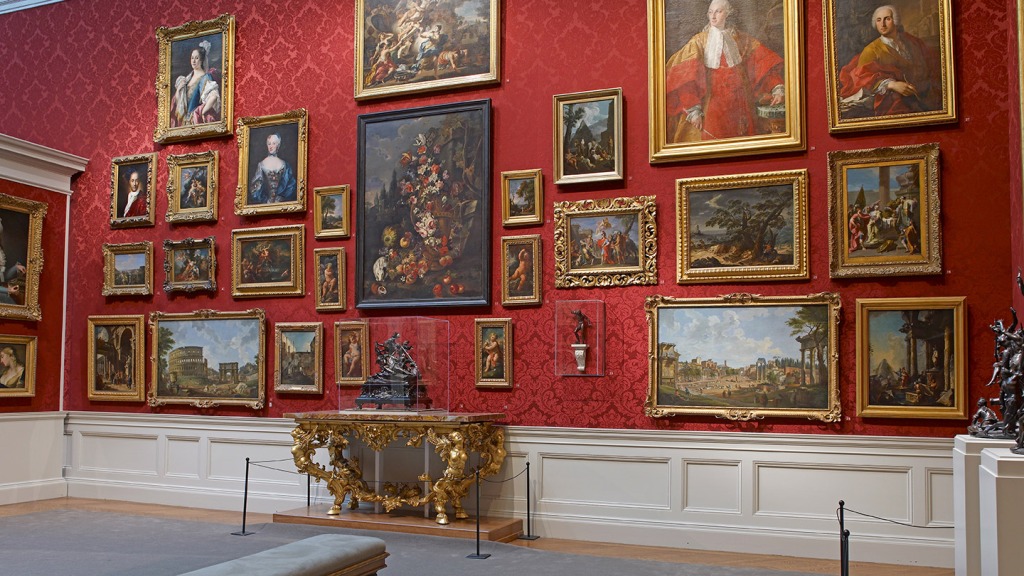
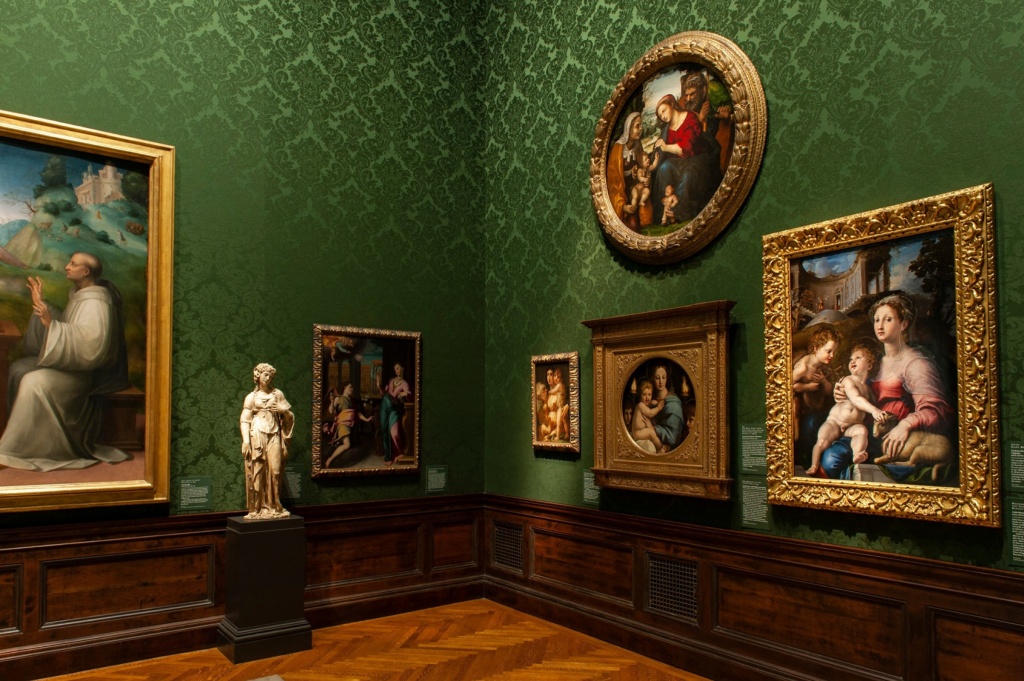

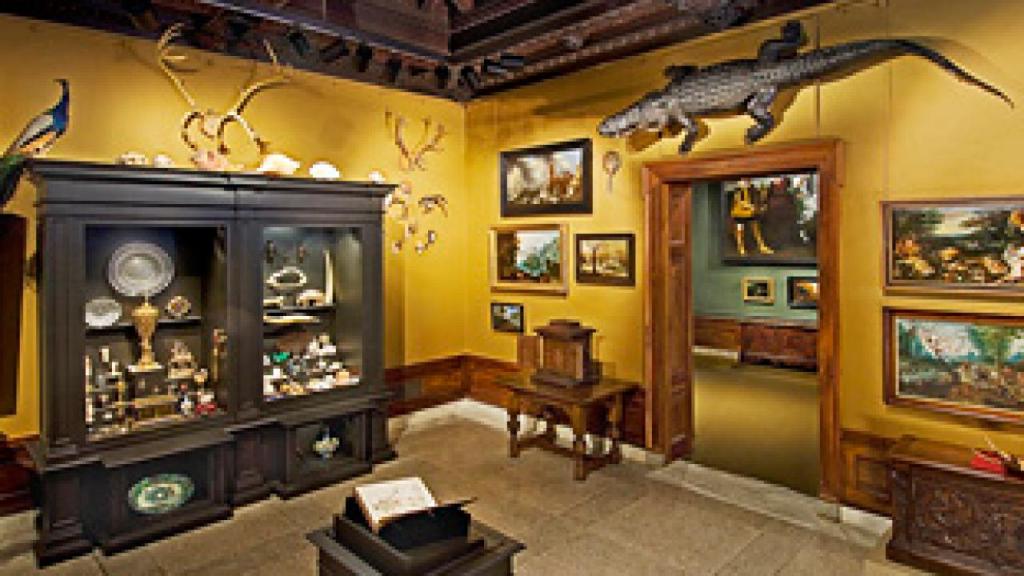
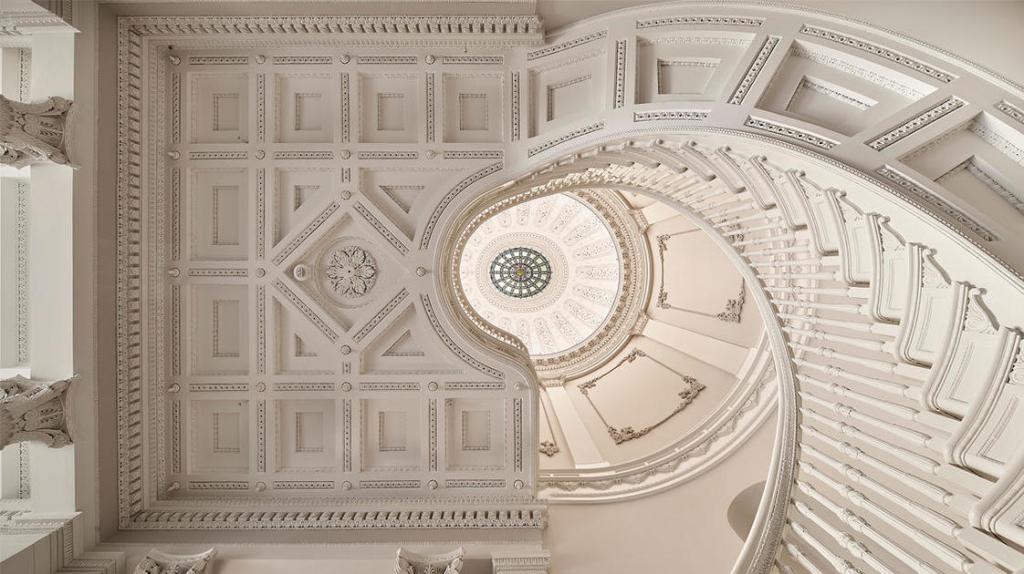
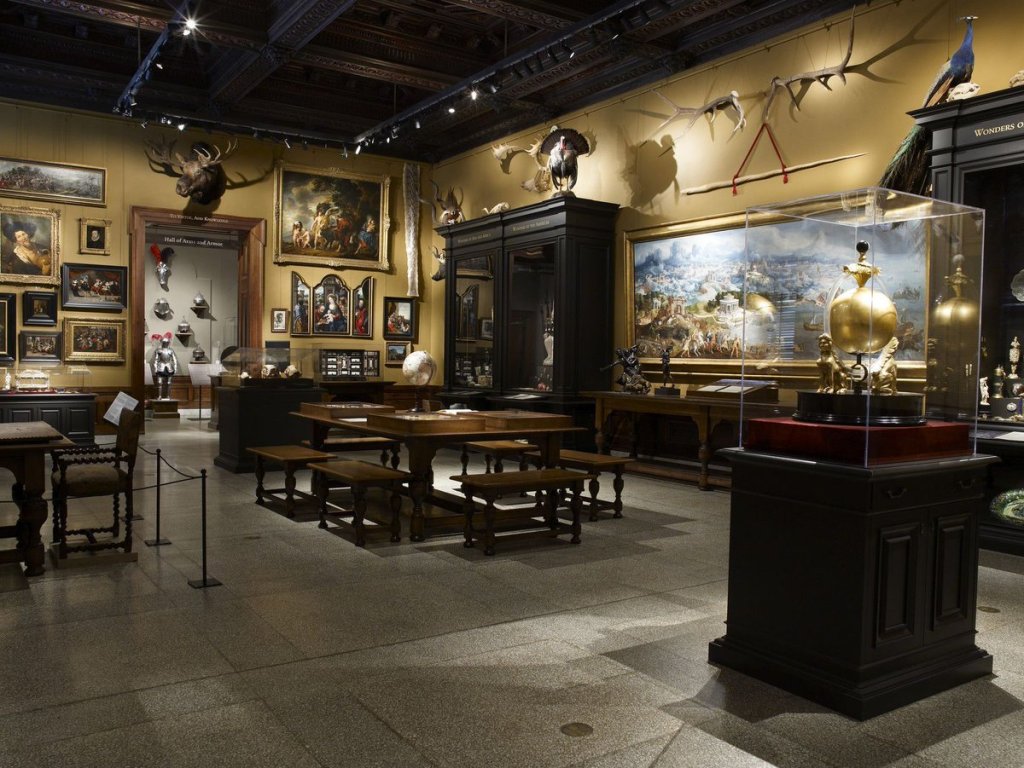
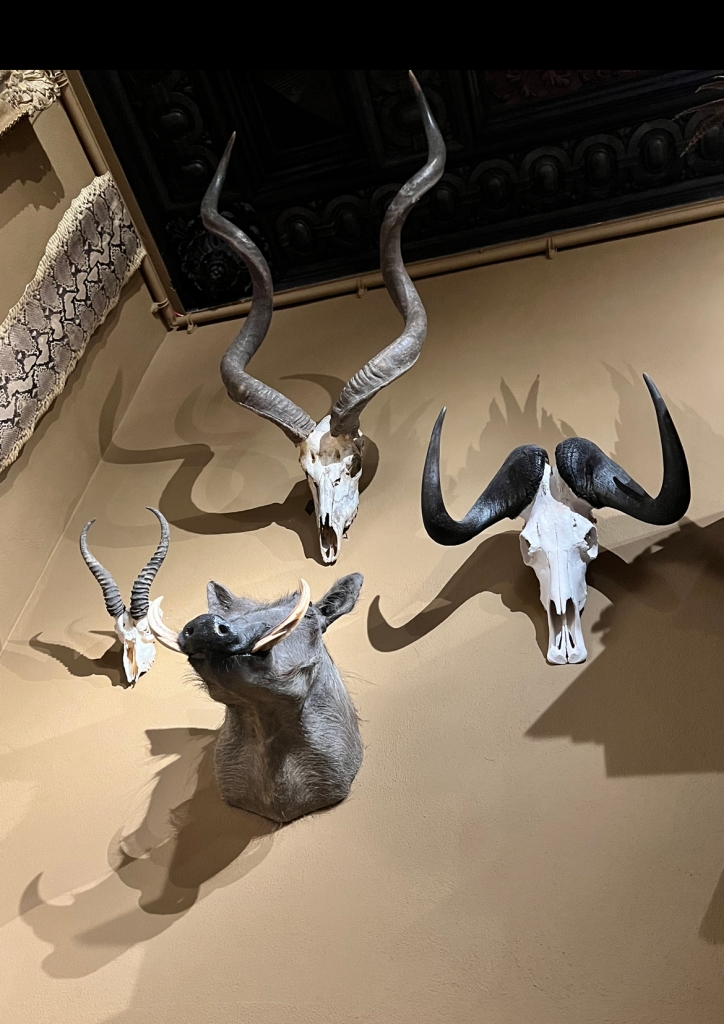



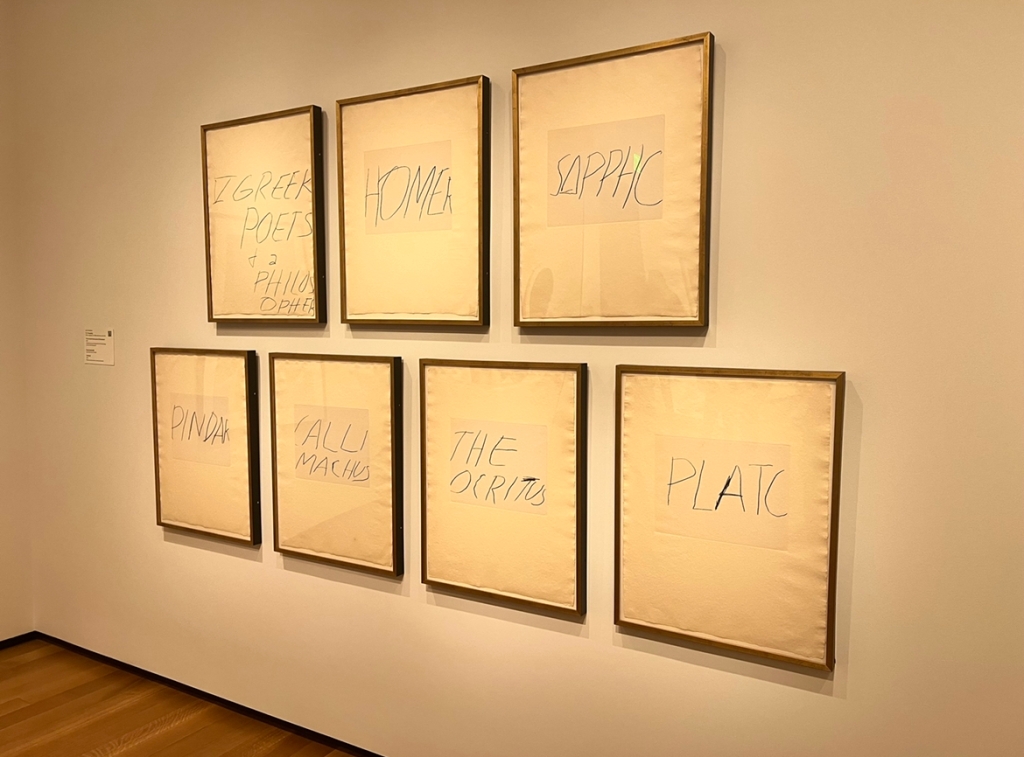


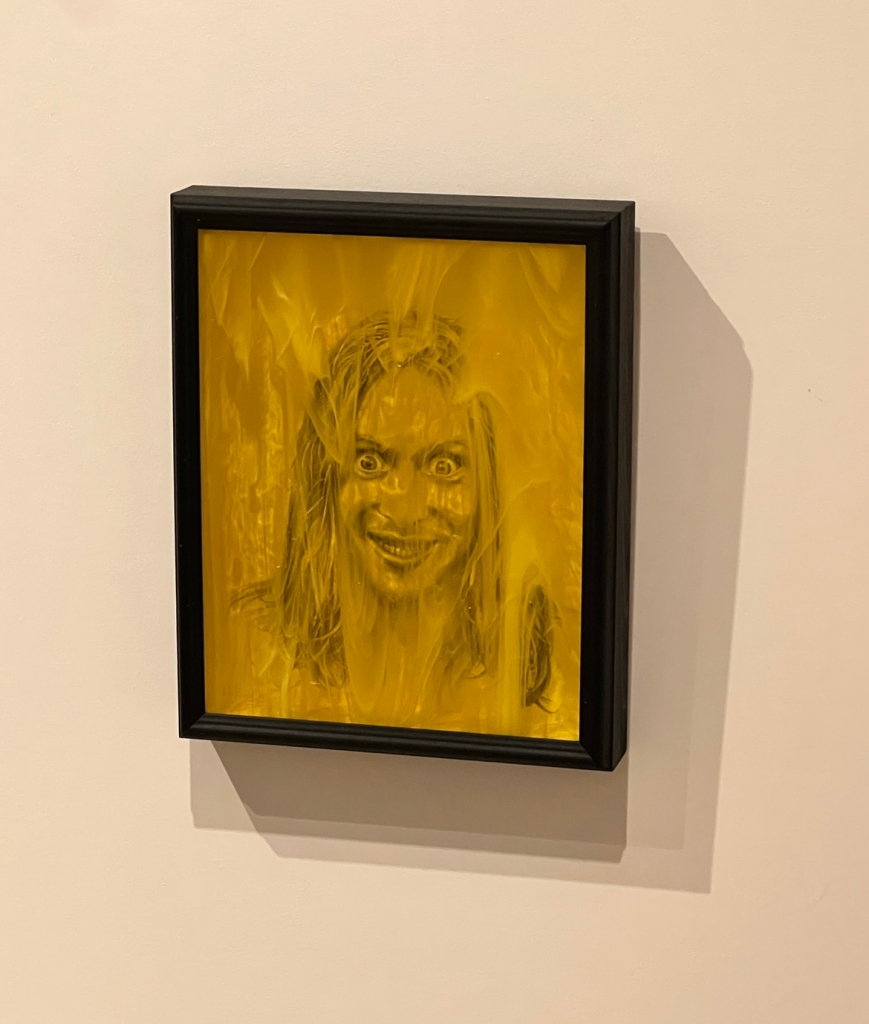





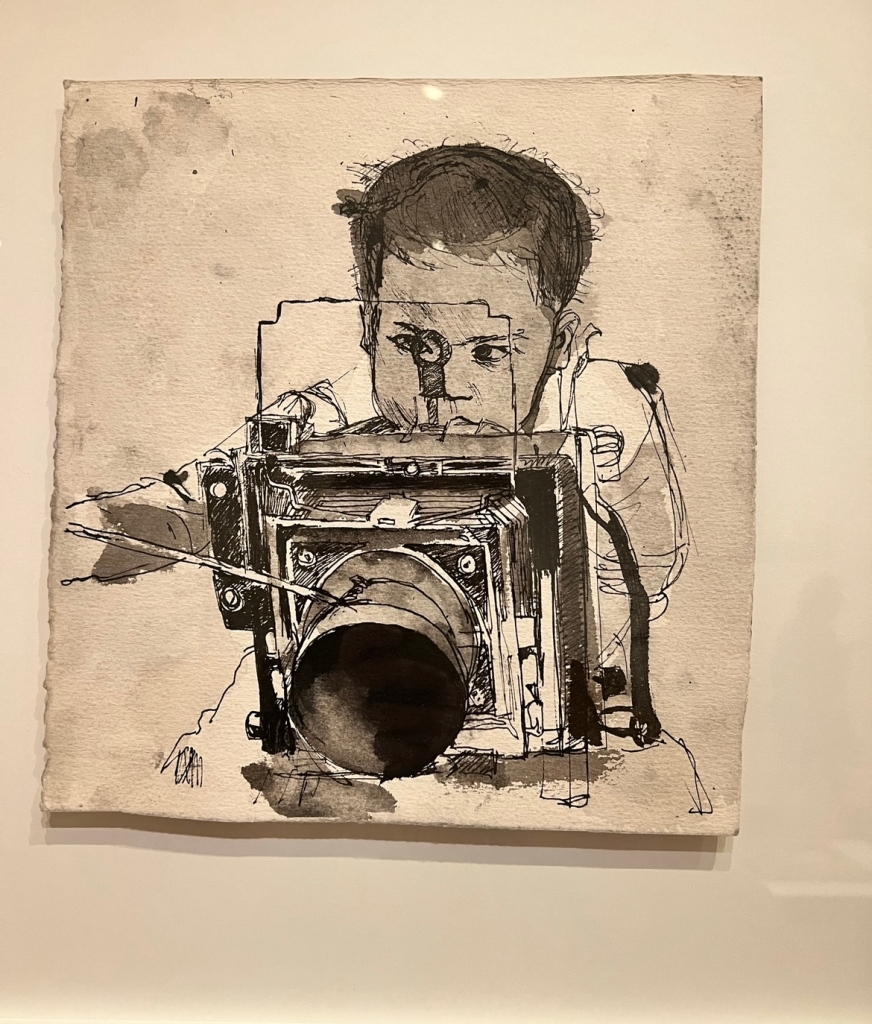


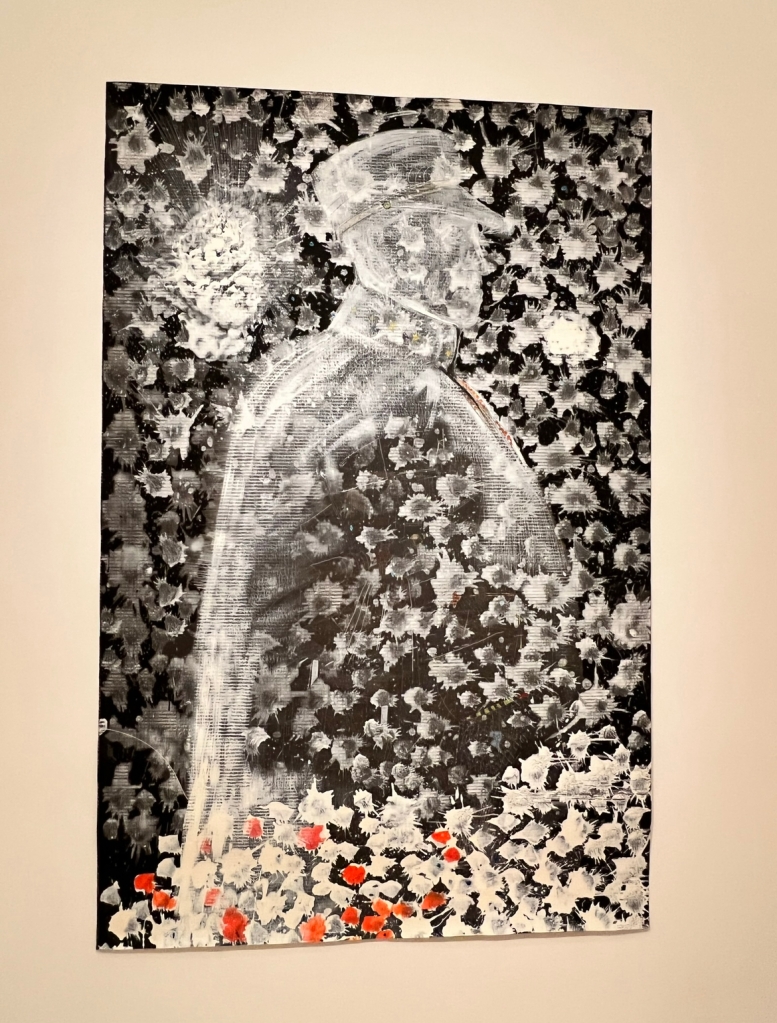
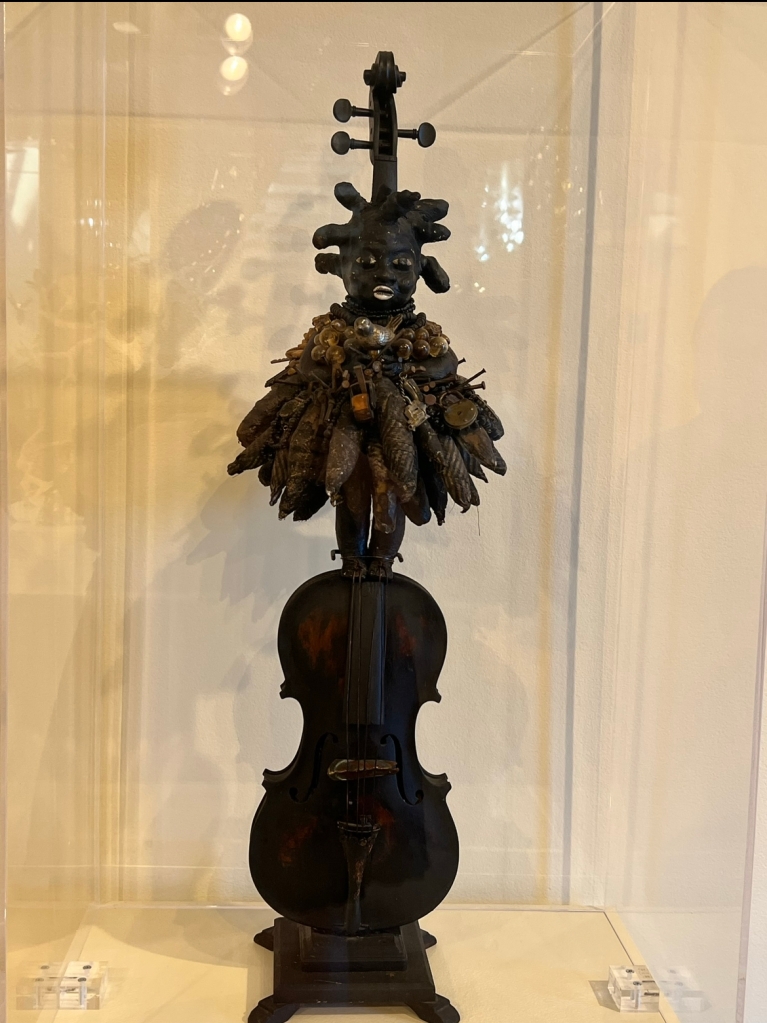
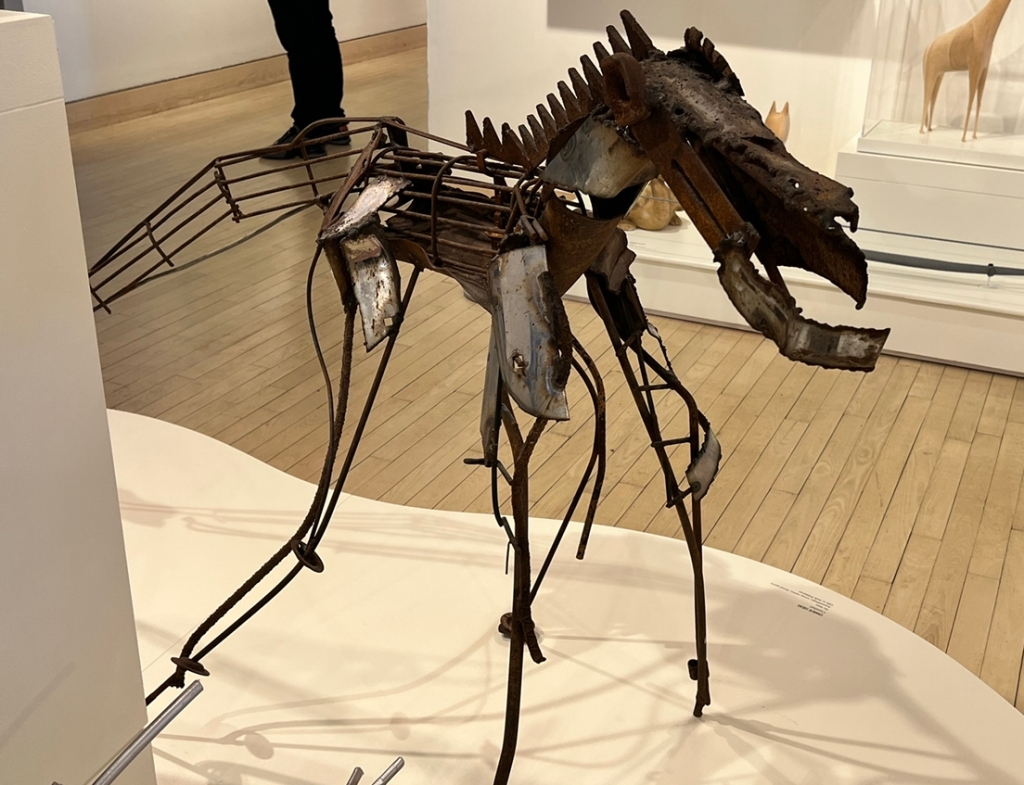

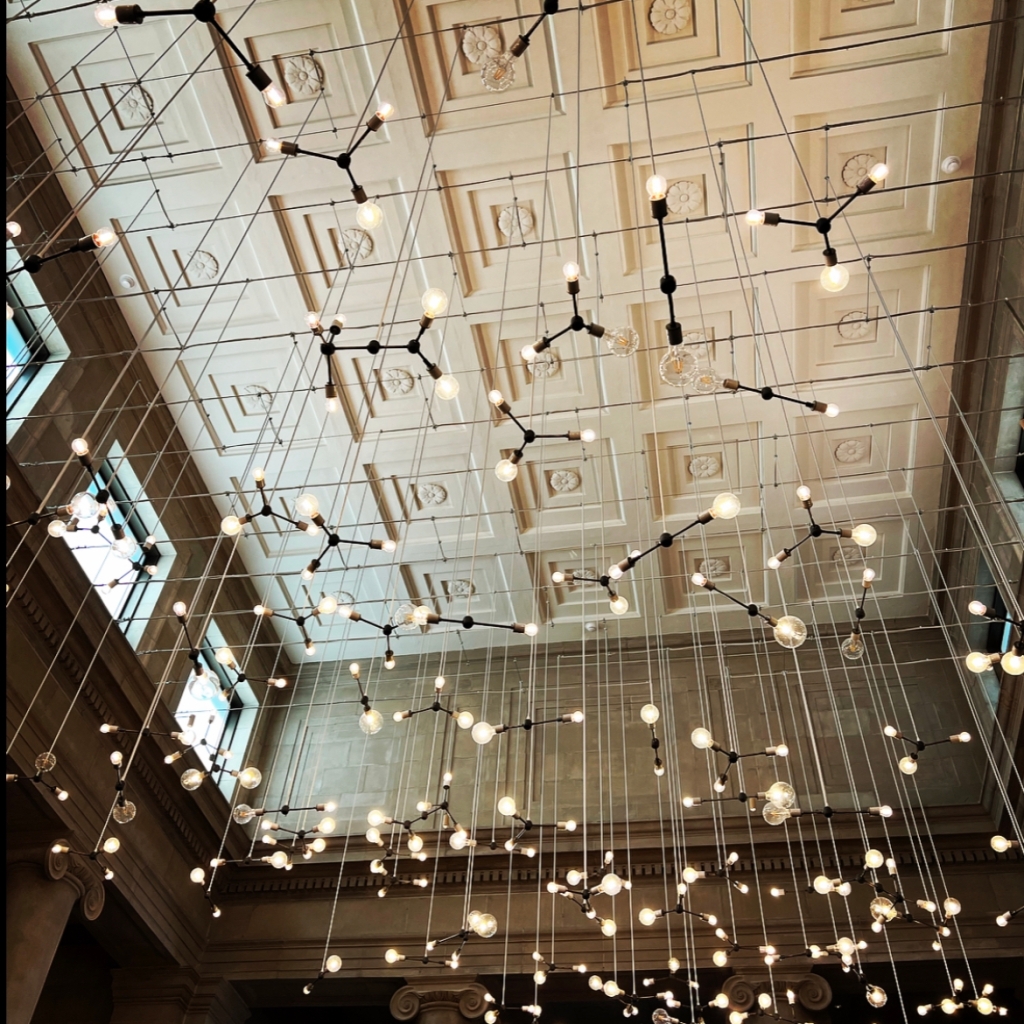
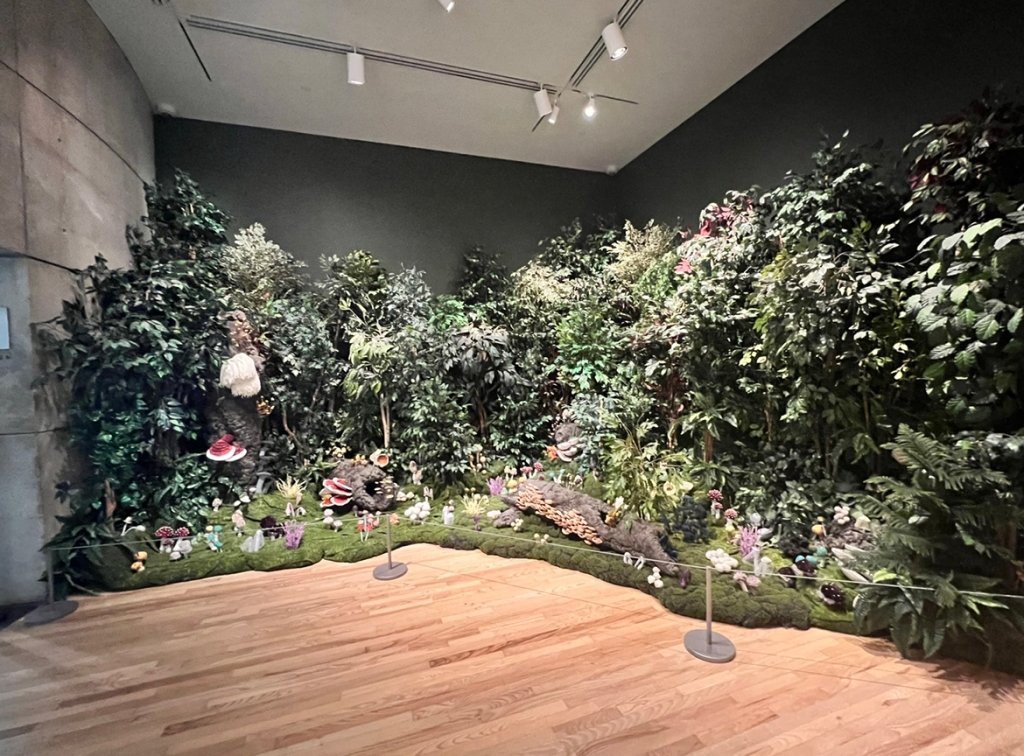

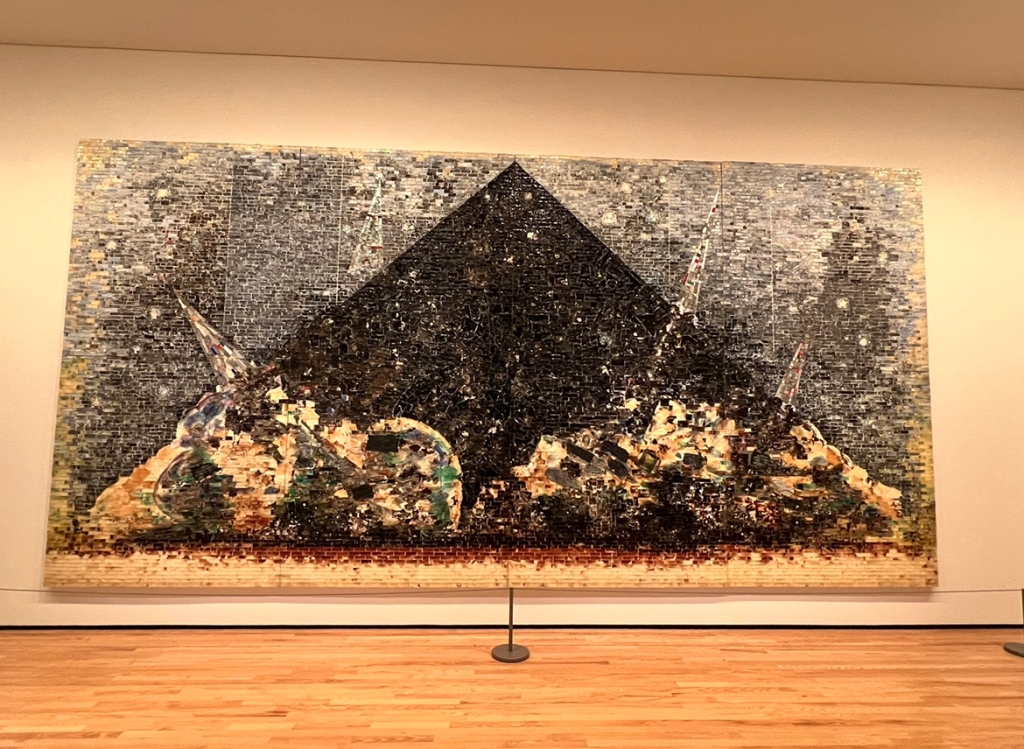

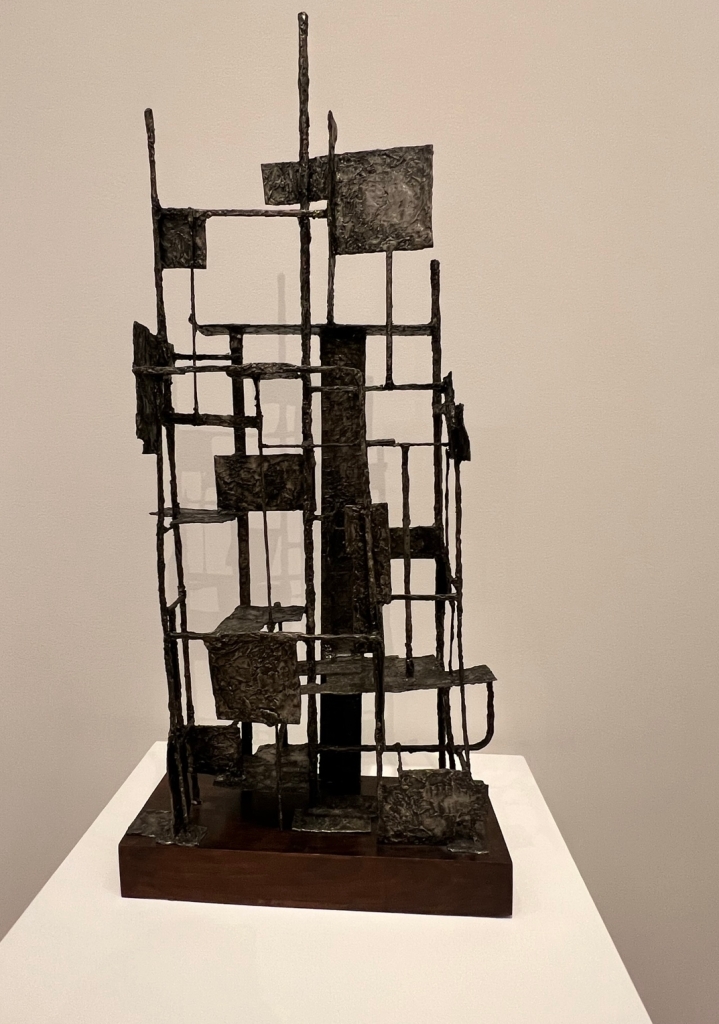
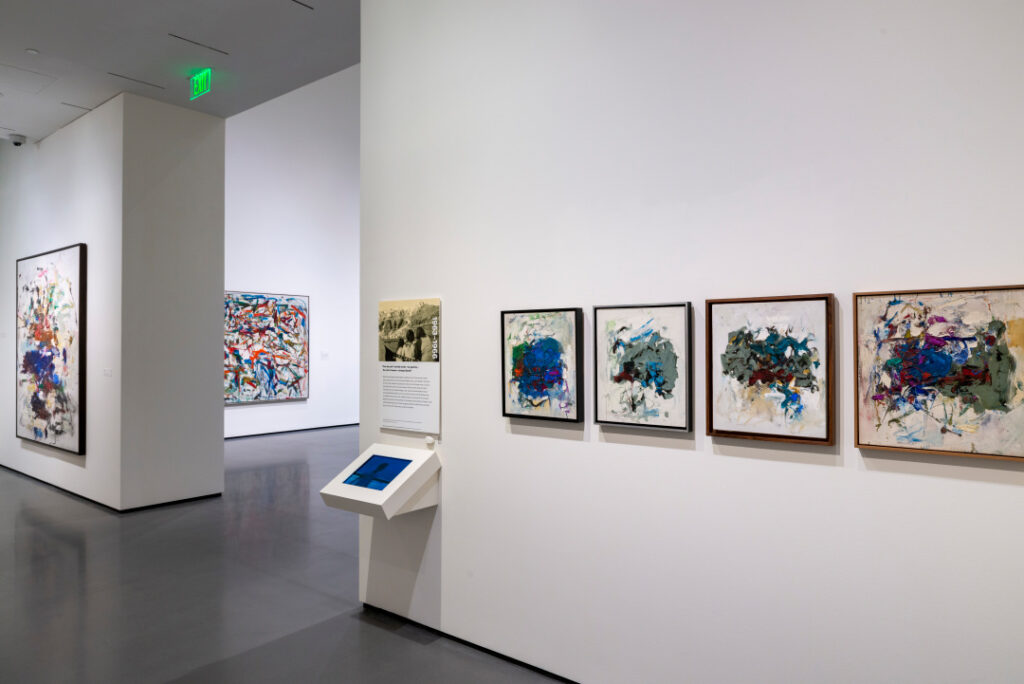

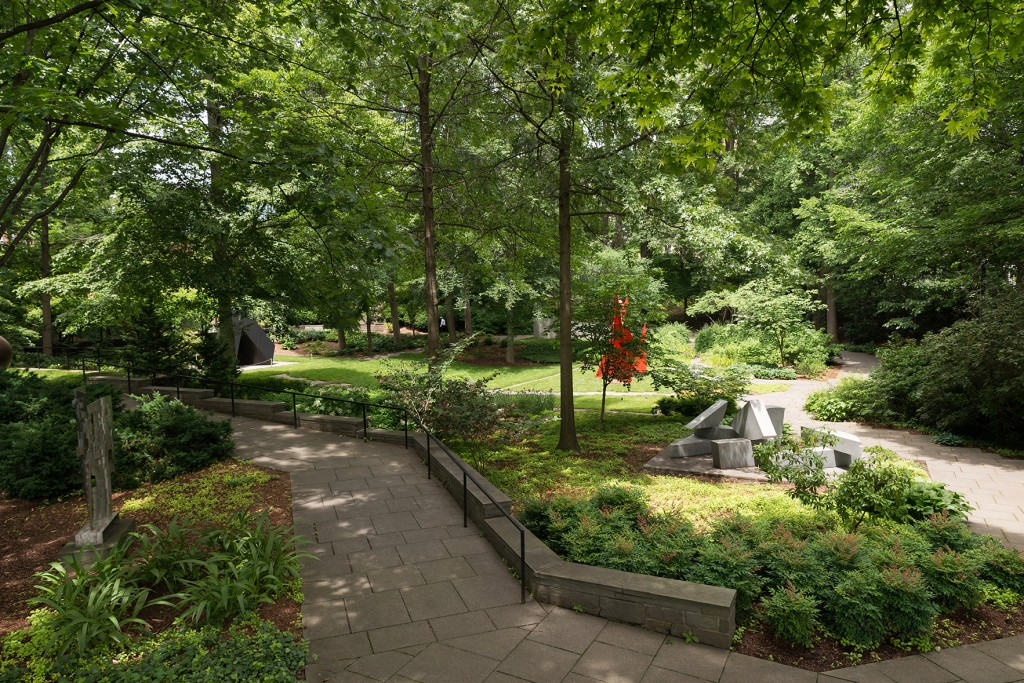

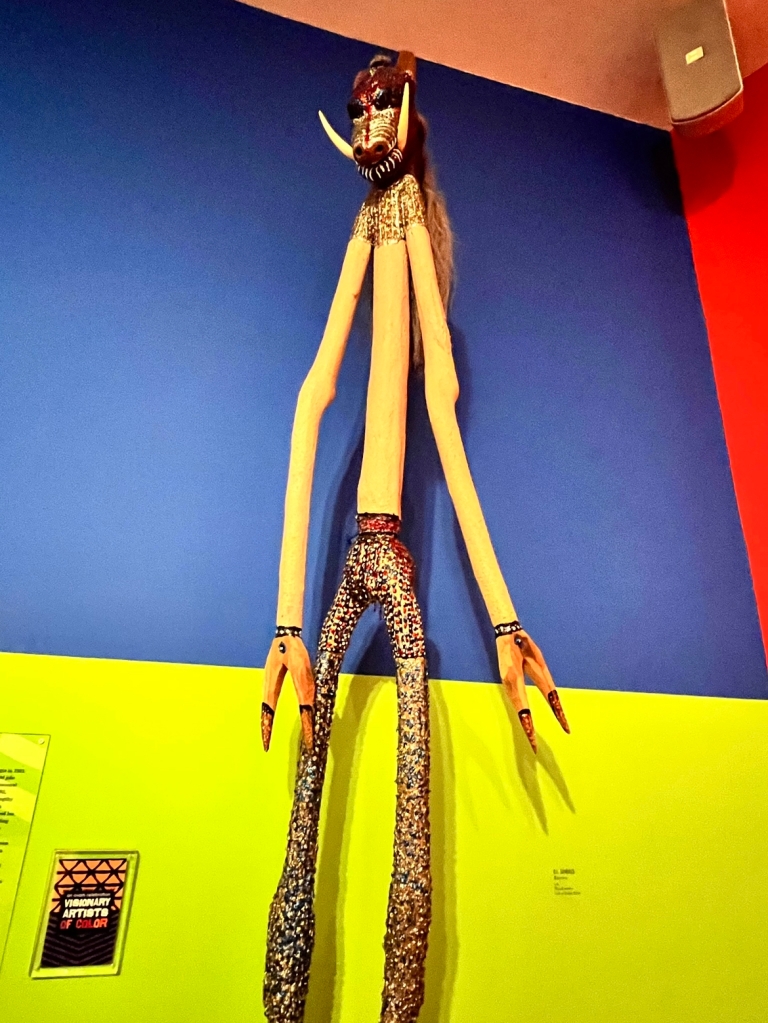

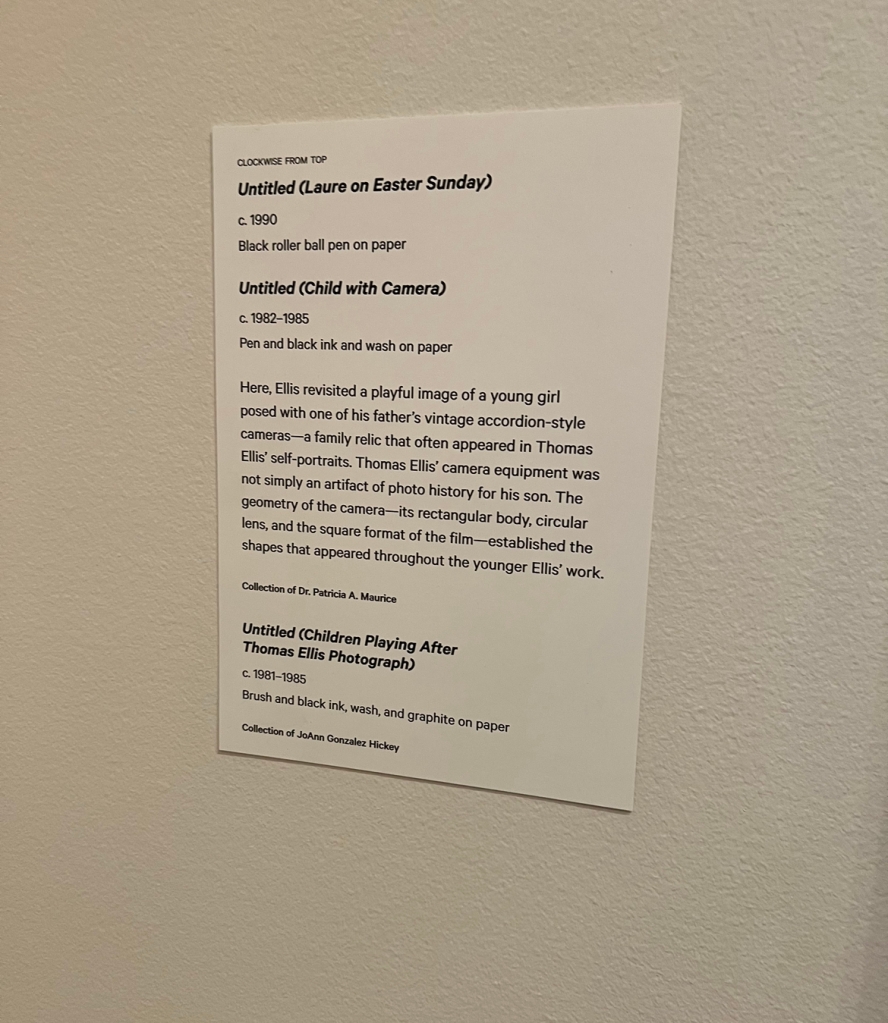
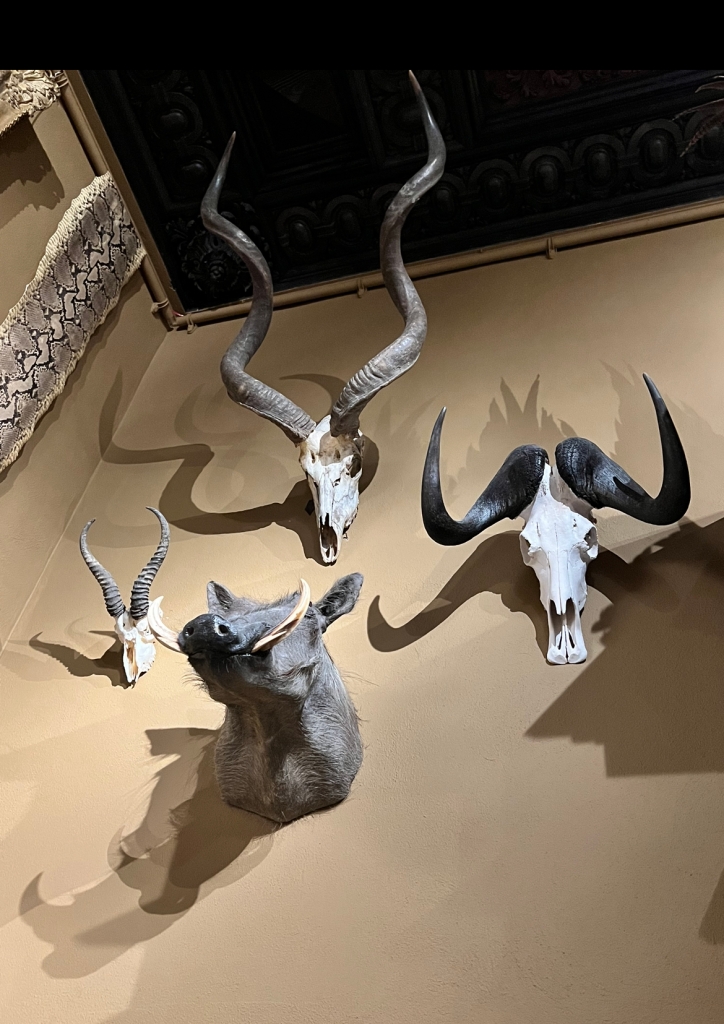


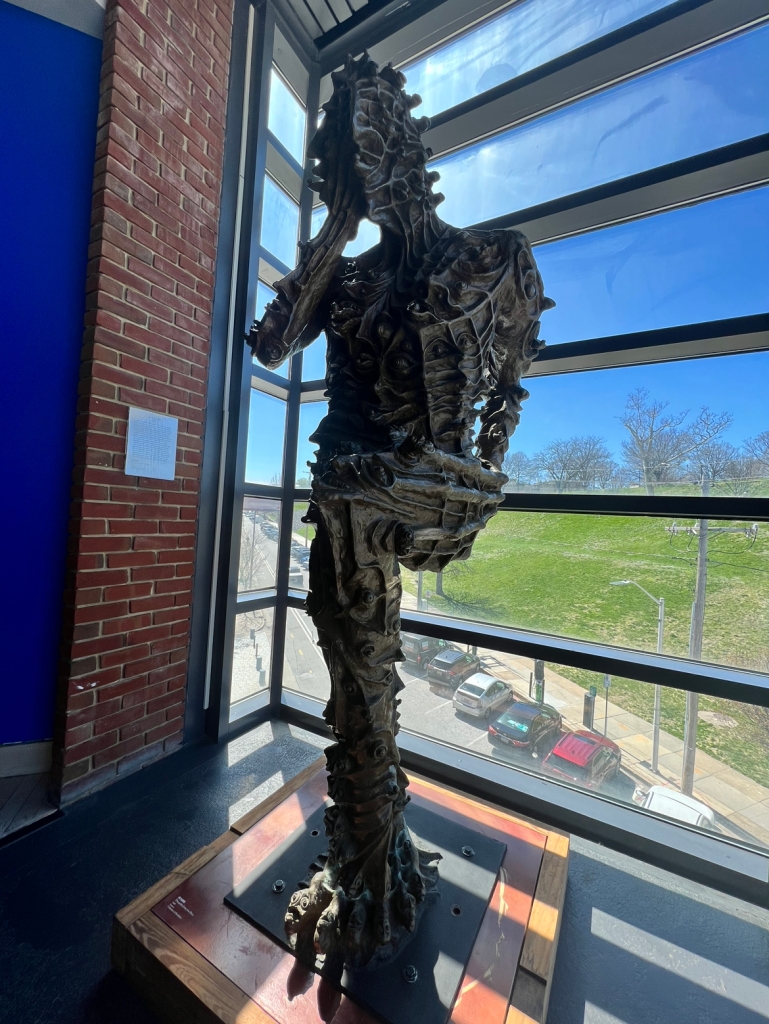
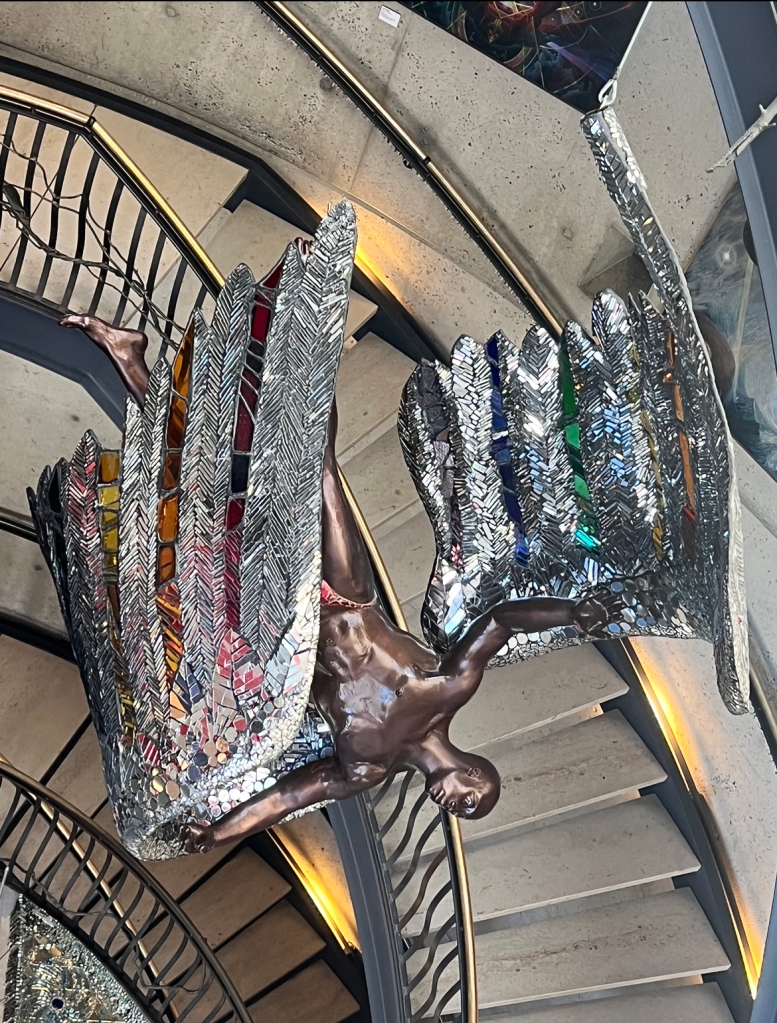
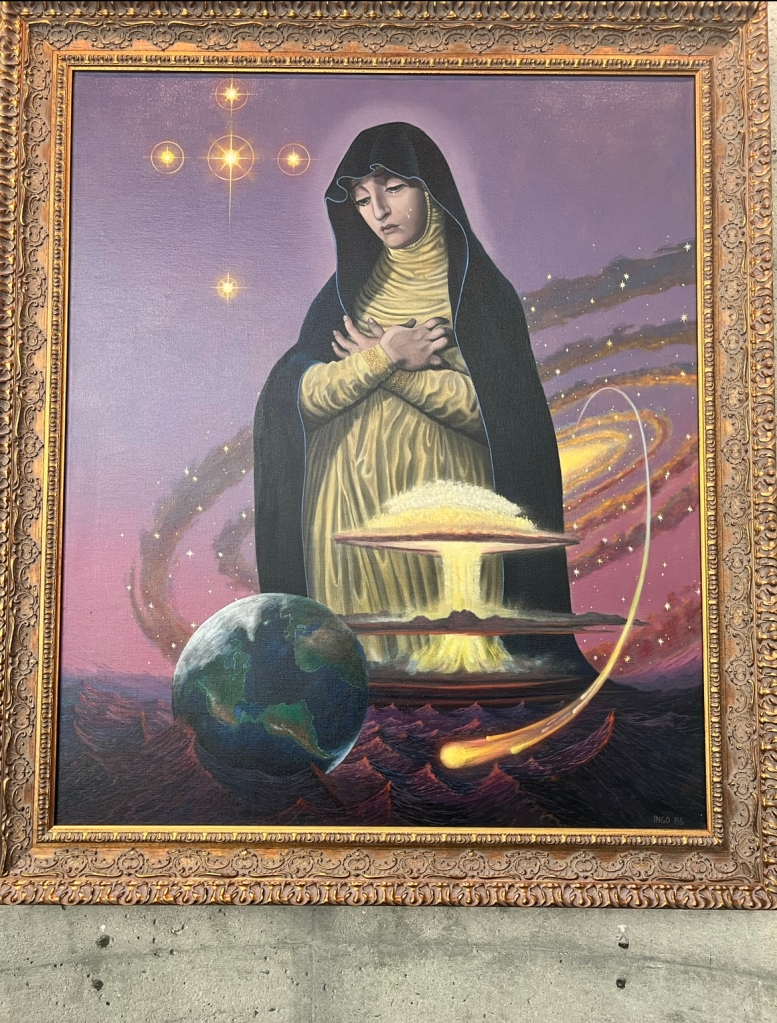
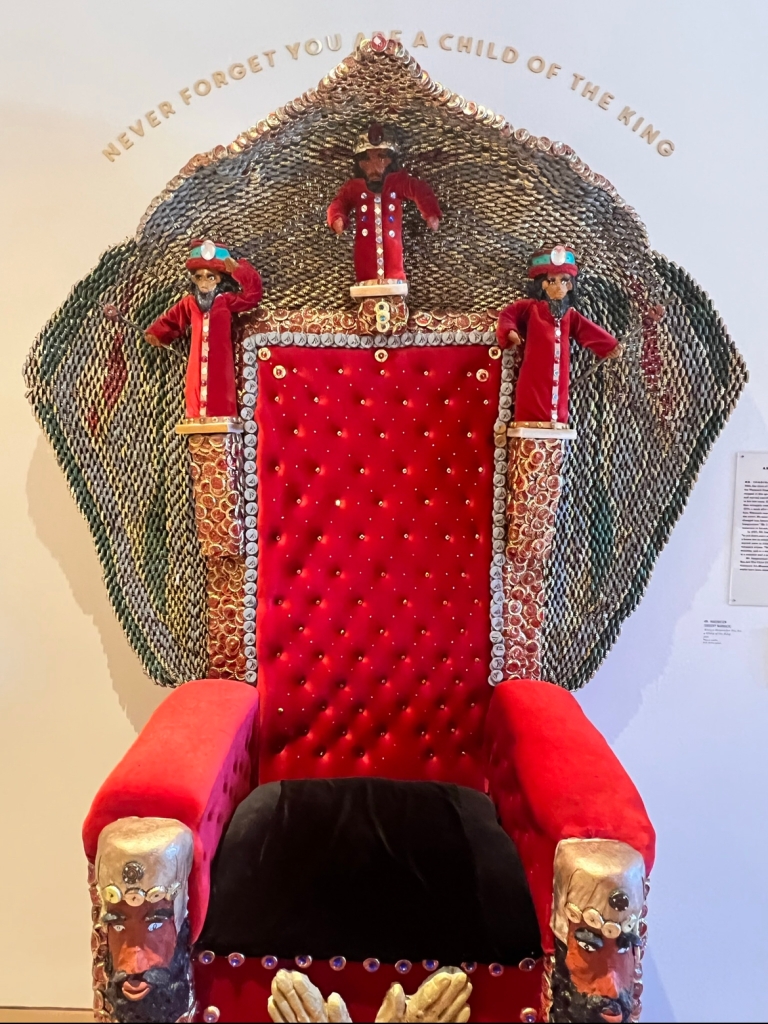
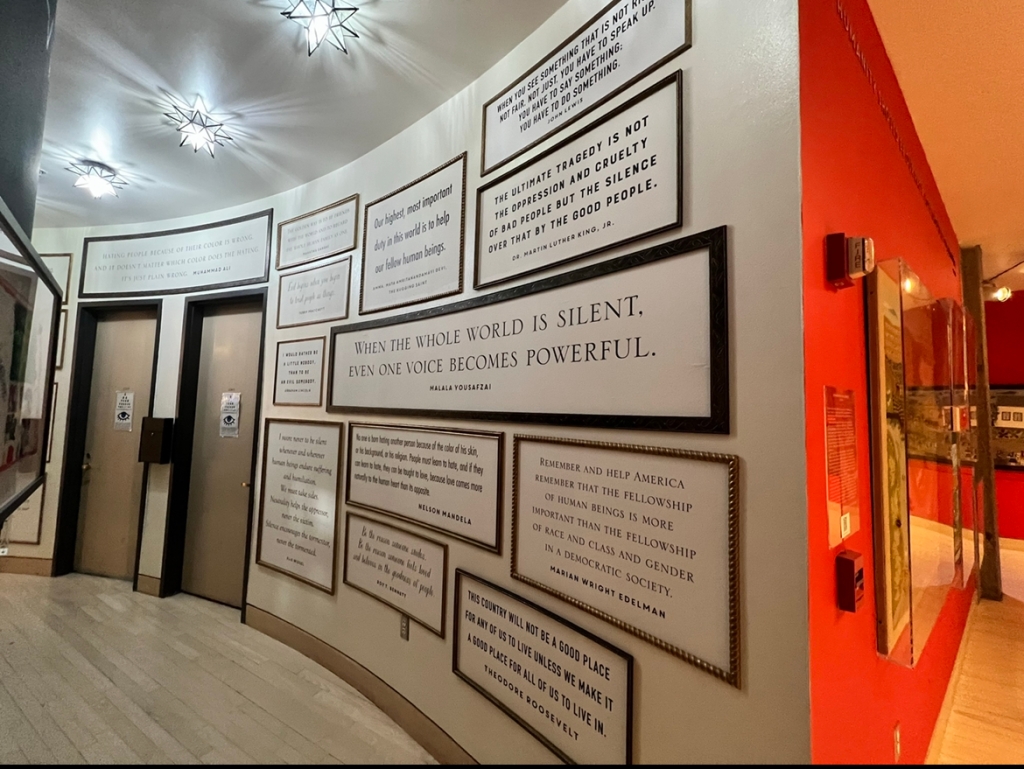

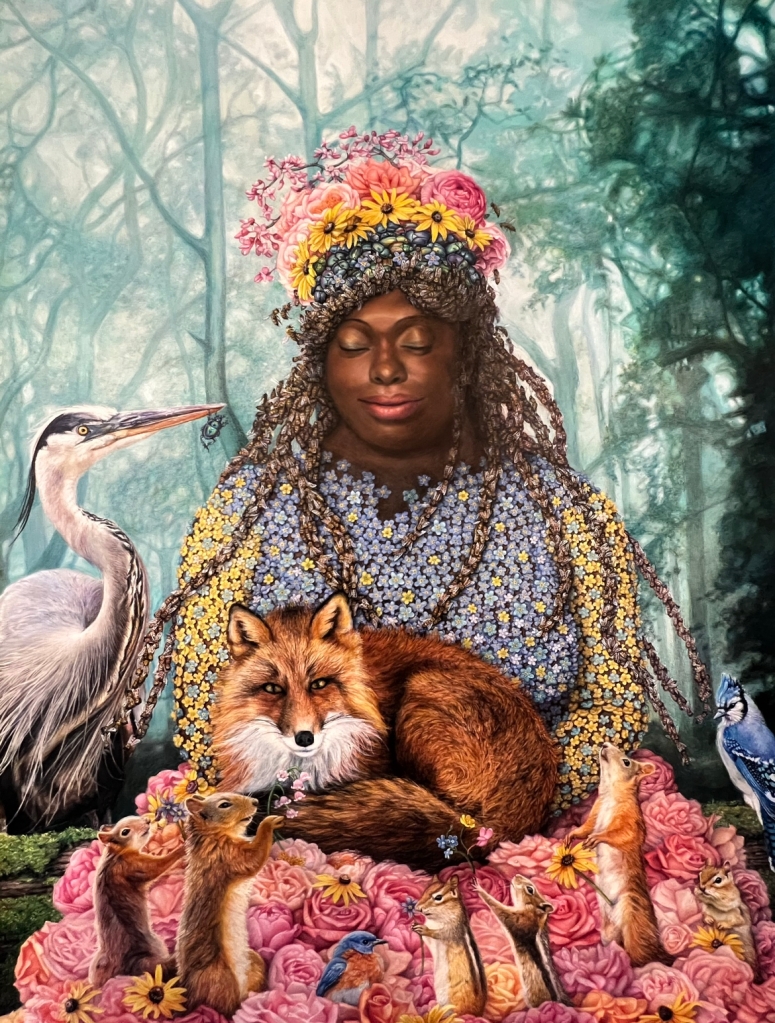
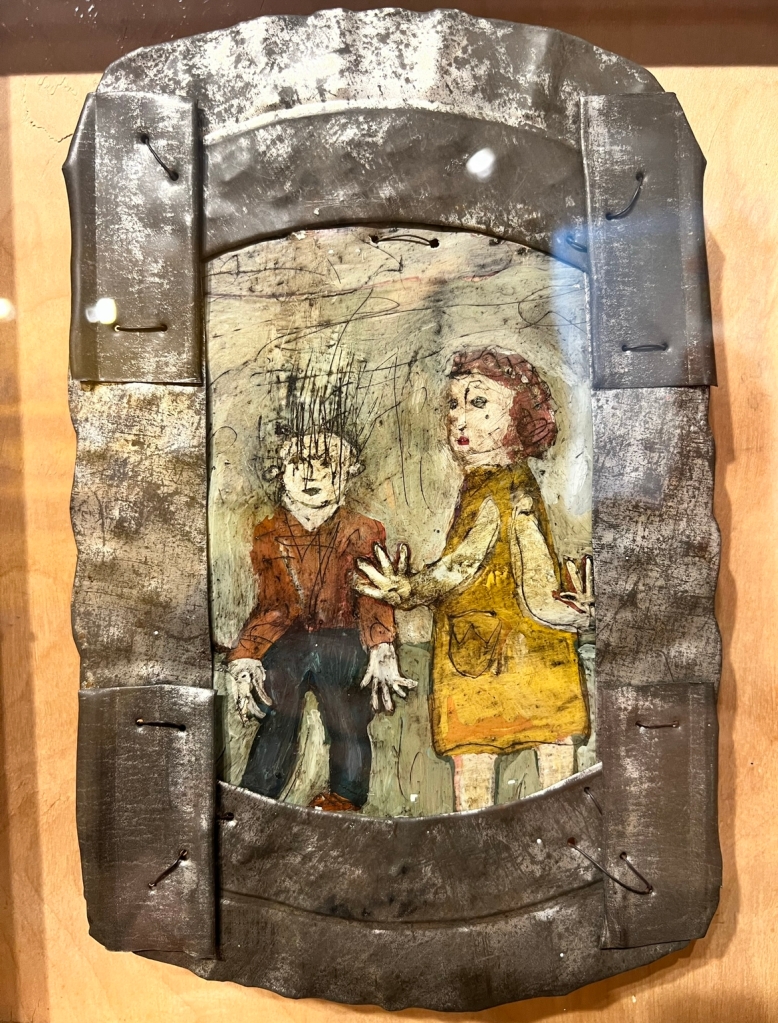
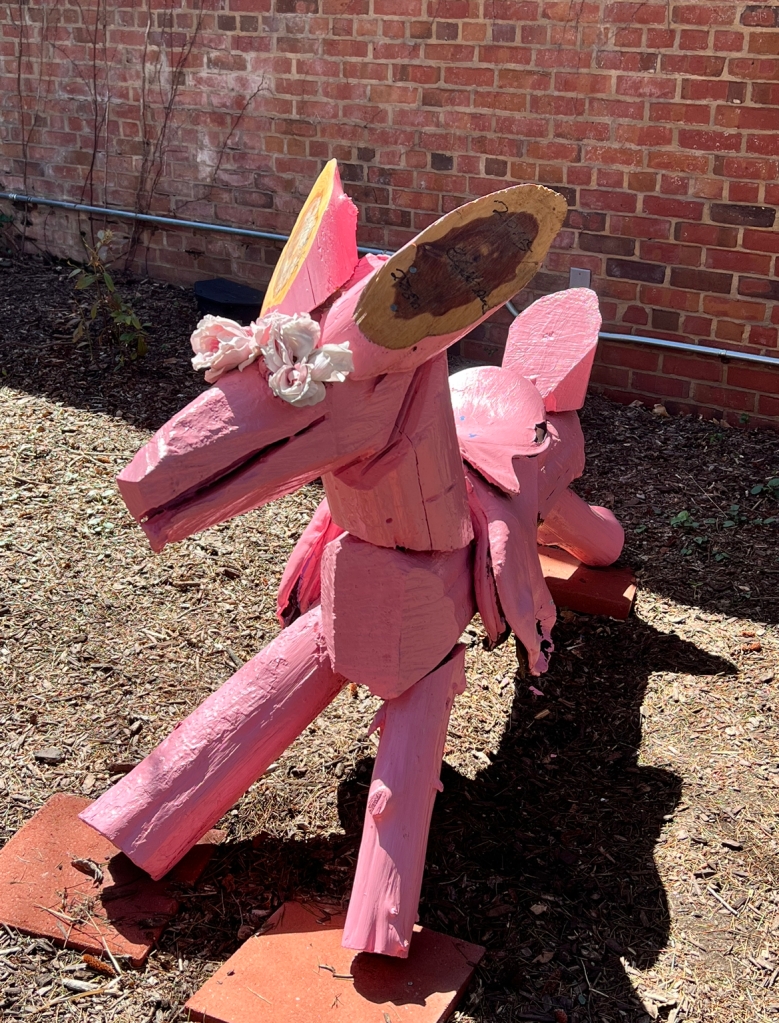

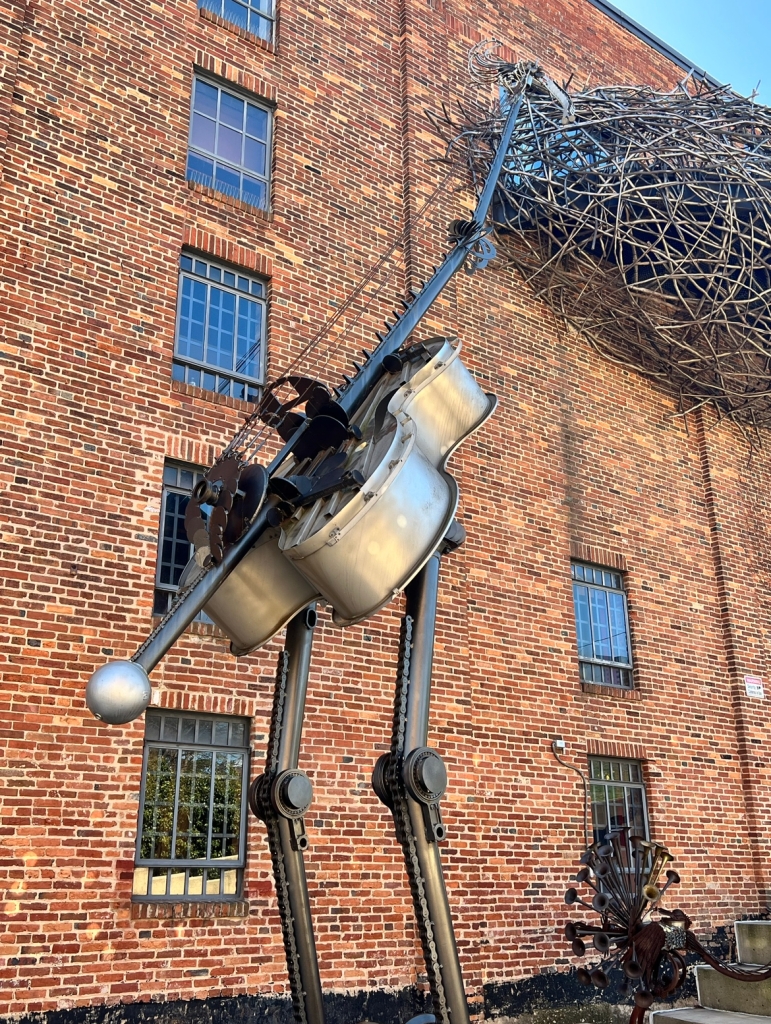
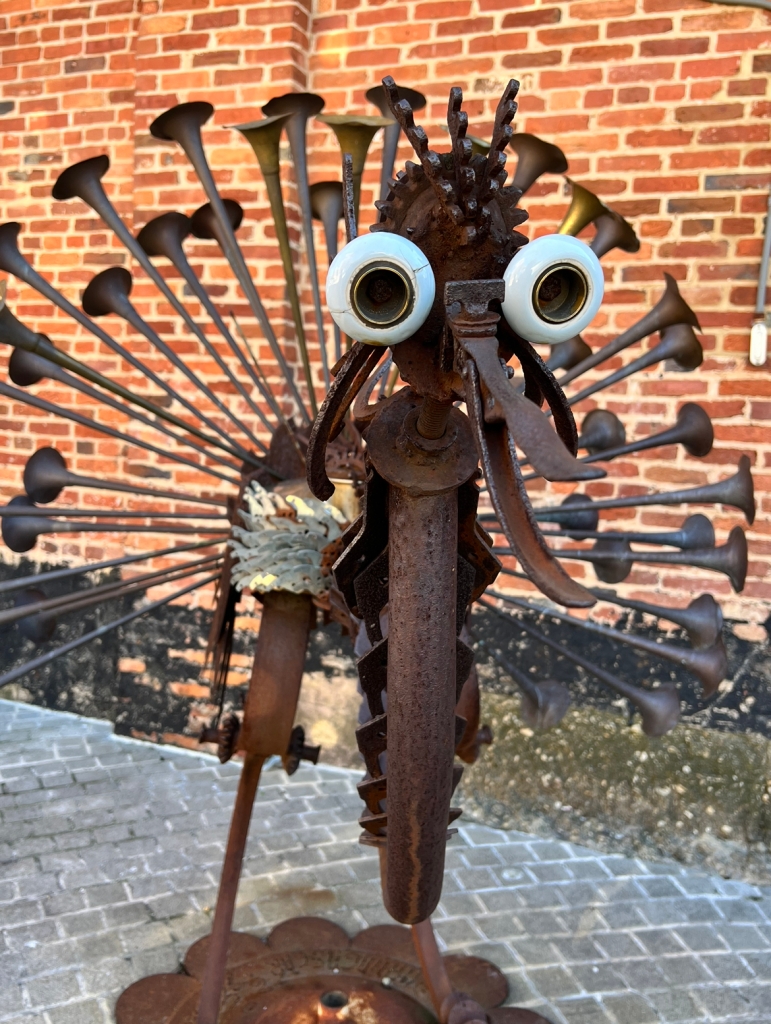

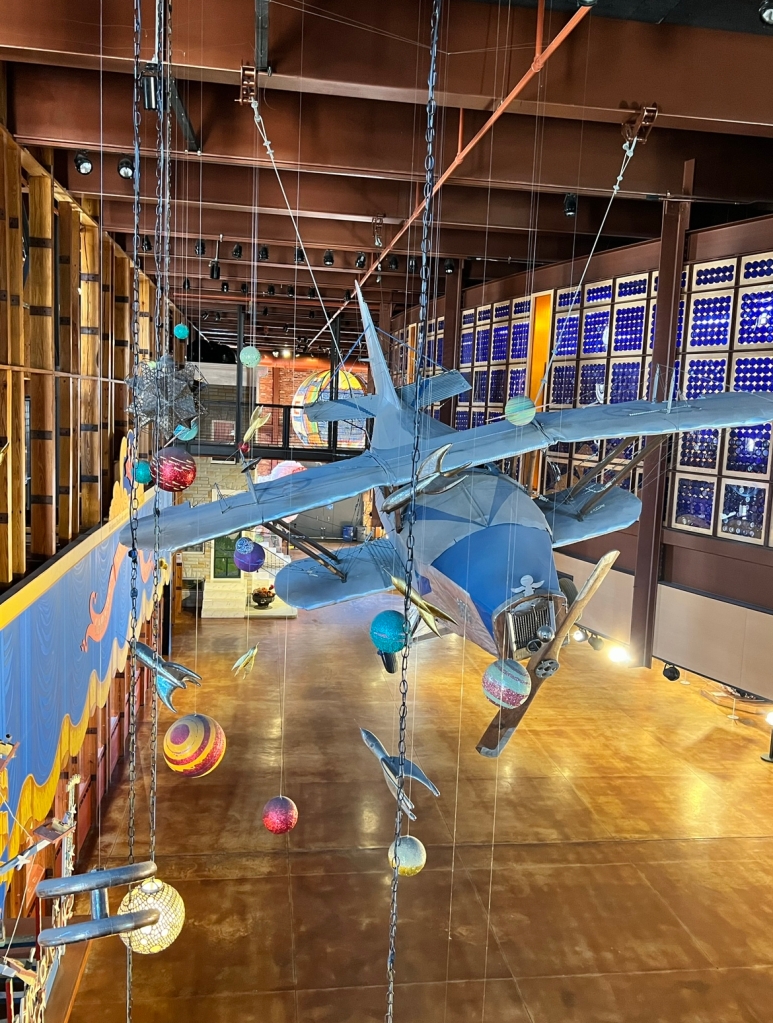
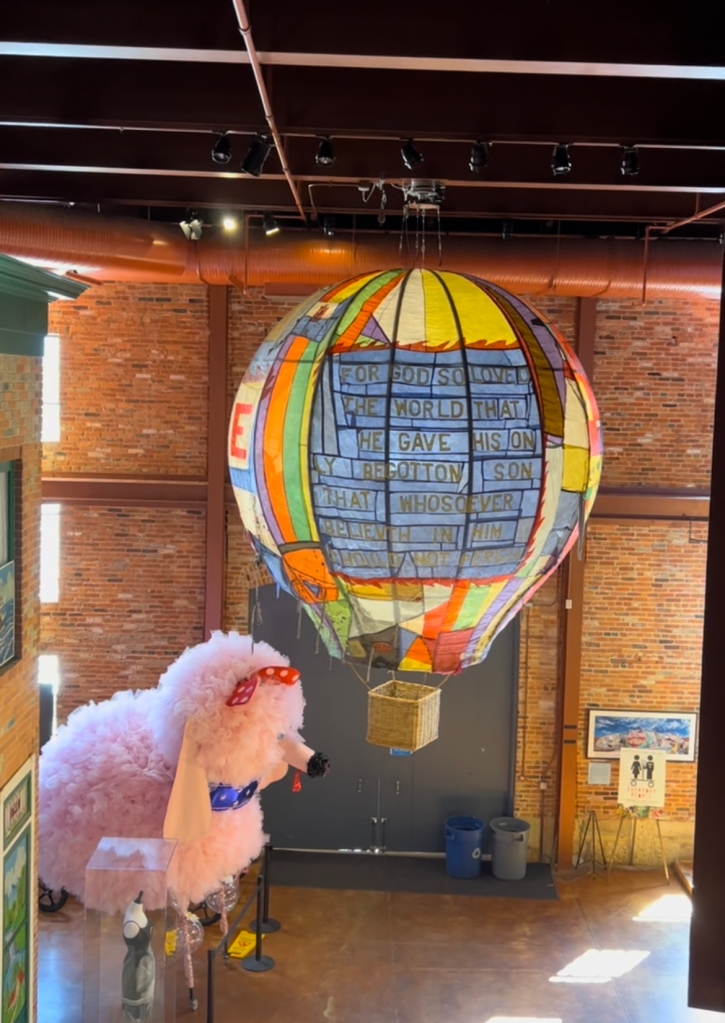
Leave a comment